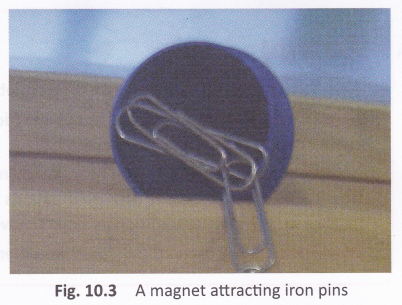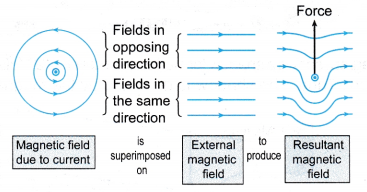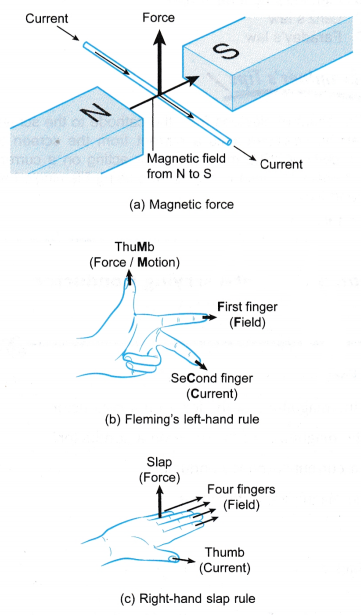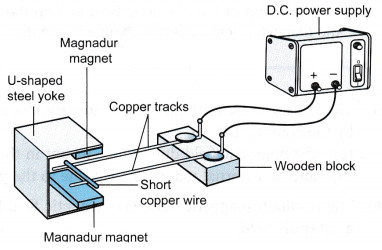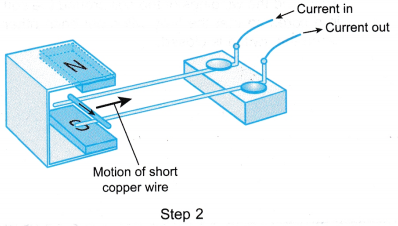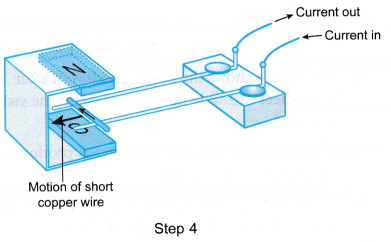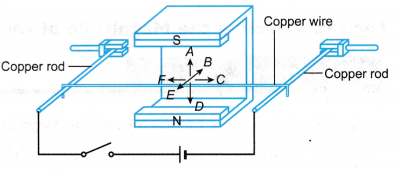Examples Of Non Contact Forces
Forces that do not need physical contact with the object on which they are acting are called non-contact forces. Gravitational force, electrostatic force, and magnetic force are examples of non-contact forces.
Gravitational Force
The force with which objects pull each other is called gravitational force. This force is very small and we can feel it only if an object is very massive, like the Earth. It is the gravitational force of the Earth that keeps us bound to the Earth. Gravitational force makes the Earth move around the sun and also makes the moon go around the Earth. In fact, our weight is the gravitational force of the Earth acting on us. Different objects exert different magnitudes of gravitational force. For example, the gravitational force of the moon is about one-sixth that of the Earth. This means that the weight of any object on the moon will be one-sixth of its weight on the Earth.
Electrostatic Force
The force between electric charges is called electrostatic force. If we rub a plastic object like a pen, comb, or CD with hair and bring it close to tiny bits of paper, the bits of paper get attracted to the plastic objec. This is due to electrostatic force. Tiny particles of dust and smoke can also be attracted by electrostatic force. This method is used in electric air purifiers and in factories to purify air in chimneys before letting it escape into the atmosphere.
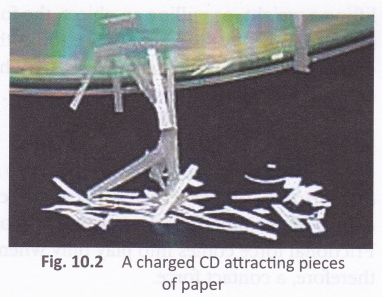
Magnetic Force
The force exerted by magnets on each other and on metals like iron and nickel is called magnetic force. Since magnets attract iron, they are used to separate waste iron objects from garbage dumps so that they can be recycled.
